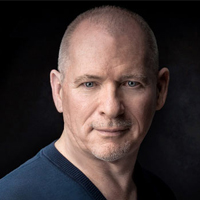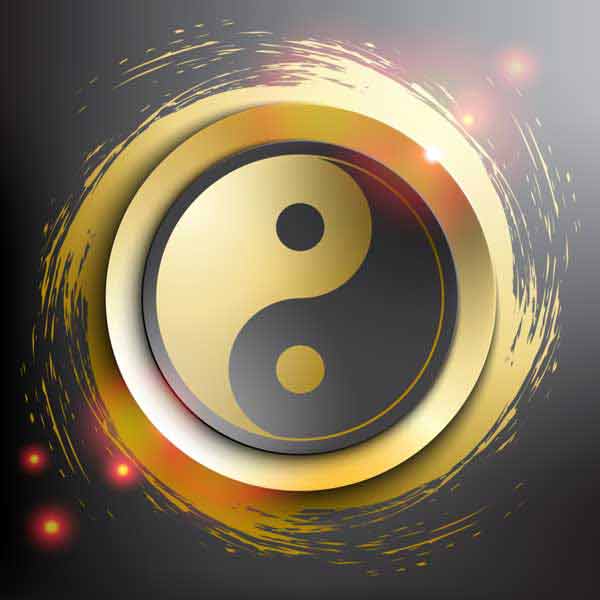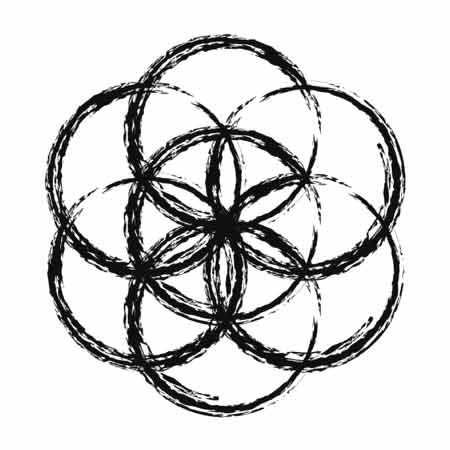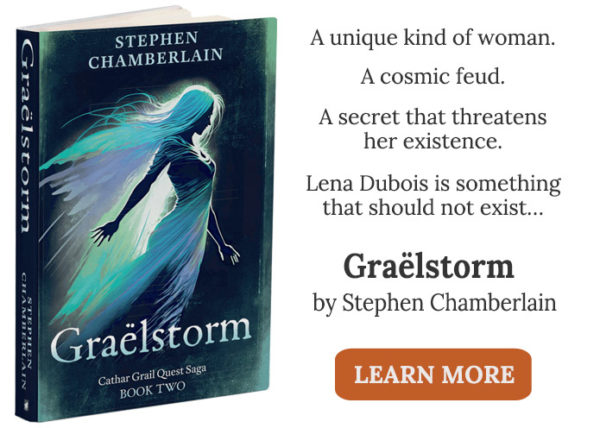“[The universe] cannot be understood until we have learnt the language and become familiar with the characters in which it is written. It is written in mathematical language, and its characters are triangles, circles and other geometrical figures.”
– Galileio Galilei (1564 – 1642)
Symbols are all around us. From the commercial and political to the religious and awareness raising, they communicate information quickly and simply across language barriers.
But the power of symbols transcends transmission of information. They target our minds and evoke passionate feelings. As badges of belonging, they are binding forces in culture and identity. Think of national flags that unite nations and stir heroic actions. Or Apple’s iconic logo that does more than epitomize product identity — it creates a bond with consumers.
Just as symbols are everywhere in the real world, it is unthinkable that they would be absent from imaginary civilizations. Whilst researching symbols for the fictional world of Graëlfire, I came across the concept of sacred geometry in nature.
Sacred Geometry
Plato said God conceived the universe according to geometric patterns. This idea of sacred geometry stems from the belief that the universe came into being according to an arithmetical plan. The thinking goes that certain universal shapes — mathematical patterns and proportions — occur throughout nature. The hexagons of the honeycomb and snowflake, the spirals of galaxies and our DNA, the polyhedrons found in mineral crystals, and the spheres of planets and the stars they spin around — these are geometric patterns that form the building blocks of creation. Everything in nature conforms to one sacred shape or another, providing blueprints for how nature builds form. At its heart is phi, the divine proportion. Also known as the golden ratio 1:1618, some say it is found in the shapes of hurricanes, the human skeleton, and even the properties of space-time.
Whether you believe sacred geometry is ancient wisdom or wishful thinking, it influenced the art and architecture of Hindus, Buddhists, Egyptians, Greeks, Christians, and Muslims. But I’m not here to argue its validity. Rather, I want to explain how it inspired two symbols I used in the world-building of Graëlfire. Neither is a figment of my imagination; both are reinterpretations of ancient designs.
The Power of Symbols
The first symbol I incorporated is the Seed of Life, formed of seven overlapping circles arranged in a symmetrical flower-like pattern.
While a circle stands for wholeness and infinity in sacred geometry, the Seed of Life represents the seven days of creation. In the world of Graëlfire, this design forms the Sigil — insignia of the Arkheïa. Worn by them as a ring, and by every Graëlhim Chosen as a pendant around their necks, it symbolizes the bubble-like multiverse and the Arkheïa’s dominion over it.
The spiral is the second symbol I incorporated. In sacred geometry, it signifies eternity, continuity, and energy.
In Graëlfire, a pattern of four conjoined spirals within a circle represents the Labyrinth, the supra-dimensional space that connects all realities to the source of creation. Its branching arteries move graëlfire around the Cosmos. Arkheïa and Graëlhim Chosen use it to travel between universes. This four-spiral symbol is tattooed on the wrist of every Chosen, and for them it is a badge of honour.
The Ancients understood the power of symbols and used them throughout millennia to express identity, beliefs, and culture. Likewise, storytellers exploit them in world-building. Something about their simplicity grabs our imagination. They explain the abstract to readers, drawing them deeper into a story. Look at the Batman logo, Star Trek’s Starfleet insignia, or the Seven Pointed Star of the Faith Militant in Game of Thrones. In the blink of an eye, a symbol communicates identity and genre better than words ever can.

Stephen Chamberlain is the author of the fantasy novel Graëlfire. He draws inspiration from the impact of landscape on myth, and the association of liminality with the supernatural and magic. Stephen lives in Switzerland.





